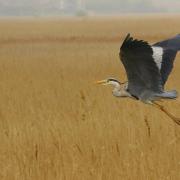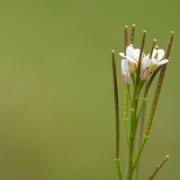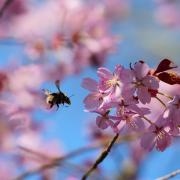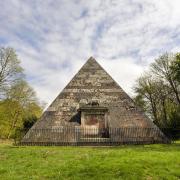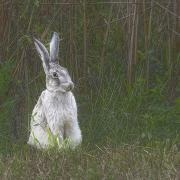If you love seeing Norfolk’s trees and hedgerows covered in beautiful blooms, you will want to get involved with the National Trust’s BlossomWatch, the annual celebration of the blossom season.
Emulating Hanami, the ancient Japanese tradition of viewing and celebrating blossom as the first sign of spring, the NT is encouraging everyone to take a moment to enjoy the fleeting beauty of blossom.
Fruit trees will be starting to bloom from March into April with apples, plums, pears and damsons bearing dainty white flowers tinged with pink. Next comes the classic rosé pink petals of the cherry tree and the hawthorn, or May-Tree, closes the season with its creamy white flowers.
To support future blooms the conservation charity is encouraging everyone to help support its Plant a Tree fundraising campaign, so that people and wildlife can thrive.
Using #BlossomWatch the National Trust is asking people to share their blossom images on social media, with the intention of lifting spirits with the sight of blush-tinted blooms in a celebration of nature.
Here are five National Trust spots with beautiful displays of blossom:

Blickling Estate
Enjoy the soft pinks and whites of spectacular magnolia trees around the West Garden from March. Blackthorn and Hawthorn also create heavenly hedgerows, followed by the fruit blossom in the orchard and walled garden. The recent restoration of Blickling’s walled garden saw 150 plum, cherry, apple and pear trees being planted and these trees provide a spectacular display, starting with plum blossom in early spring.

Felbrigg Hall
Home to ornamental cherry trees, which will be in bloom throughout spring, along with the trained fruit trees along the walls, the blossom starts with the apricots and peaches in March, followed by the plums and pears in April and the apples in May. Most of the fruit trees in the garden are historic varieties, developed for storage over winter, so fresh fruit would be available for the household well into spring.

Norfolk Coast & Broads
Between Morston and Stiffkey blackthorn blossoms in hedgerows from March. Swathes of hawthorn, known as the ‘May tree’ then comes into its own in May, as spring turns into summer. At Horsey Windpump in the Norfolk Broads, the NT, with support from the People's Postcode Lottery, recently planted a new 200ft mixed blossom hedgerow with common buckthorn, guelder, hawthorn and field maple.

Oxburgh Hall
Work is going on at Oxburgh Hall to re-establish the orchard that once grew here. The best time to see the fruit trees in blossom is late March through April, when the orchard is also surrounded by a wildflower meadow. Thehawthorn and blackthorn also put on quite the show in the woodland walks. This spring the NT will be planting 23 cherry trees, donated by the Japanese government as part of the Sakura Cherry Tree Project in the UK. In Japanese culture the cherry blossom represents both a new beginning and the fragility of life.

Sheringham Park
The rhododendrons and azaleas at Sheringham Park make a colourful spectacle. Rhododendrons are thought to have been present at Sheringham Park since the mid-19th century. The last remaining handkerchief tree in the park, grown from the original seed brought back by plant collector Ernest Wilson from China, flowers in late April to early May and a nearby snowdrop tree keeps it company. The wild garden also contains 15 varieties of magnolia and the Pieris that grows here are believed to be some of the largest in the country.





